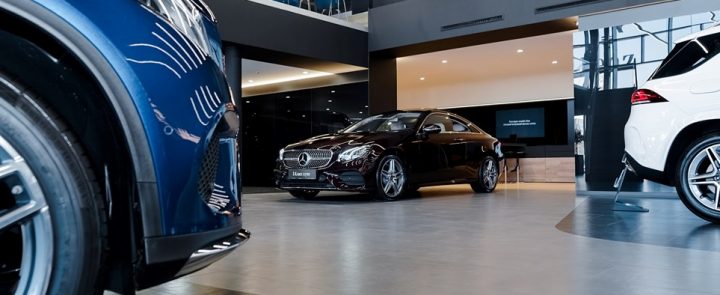With new 21-numberplate cars now on sale, GoCompare Car Insurance is urging drivers looking for a new car to think about depreciation and the possible impact on their insurance.
Depreciation is one of the biggest costs of running a car. The price of a new car falls dramatically as soon as it is driven off the forecourt. Depending on the make and model, this can be between 15% to 35% in the first year and up to 50% over the first three years.
The rate a car’s value depreciates over time is closely linked to both age and mileage until the vehicle becomes ‘scrap’ – when its value can reach close to zero. It’s possible an unlucky motorist could end up paying to the finance house for their car after it is scrapped.
Depreciation not only matters when it comes to buying and selling cars but has an impact on insurance. A car’s value is also reflected in its cost to insure and the amount a policyholder will receive if they make a total loss claim. Claims are typically calculated on a car’s market value at the time of the incident, not its purchase price. If a car is written-off or is stolen and not recovered in the first couple of years, depreciation has a big impact on how significant the losses could be.
Guaranteed Asset Protection (GAP) is a standalone policy, bought in addition to comprehensive car insurance, which is designed to cover the difference between the price paid for a car and its current market value.
Where a car is a total loss, GAP insurance works alongside standard car insurance to bridge the gap between the car insurance pay-out and the purchase price of the car or any outstanding finance payments.
There are different types of GAP insurance, designed to meet different needs depending on how the car purchase was financed. As with all insurance, drivers need to ensure they understand the details before they buy and check the policy documents so they understand what they can and can’t claim for.
Lee Griffin, CEO and founder of GoCompare Car Insurance said, “Buying a new car is exciting. You get to choose the exact specification, benefit from a manufacturer’s warranty and the knowledge that there isn’t an unknown history of faults. But one important factor new car buyers often overlook is depreciation – which is one of the biggest costs in running a car.
“Fortunately, it is easy to find information on how well different cars retain their value. Car magazines and car sales websites often carry articles on the best and worst cars for depreciation and, many offer depreciation calculators which can help you keep track of the value of new and used cars.”
To protect buyers from depreciation risk, GoCompare Car Insurance has compiled a list of six things to consider when buying a new car:
Make and model – the reputation of a make or model of car will affect its resale value and speed of depreciation. Brands with a good reputation for reliability and safety tend to retain their value compared with those with a poor record. Makes and models of cars which are highly desirable but made in limited numbers typically retain their value.
The size of car can also affect its resale value. Smaller cars tend to depreciate less – they are generally more economic to run compared with large, gas guzzling vehicles which are also more expensive to tax.
Colour and modifications – The residual value of a car may be adversely affected by highly personalised choices colours or modifications. For example, the second-hand market for black, grey, and white cars is likely to be larger than that for bright yellow, pink or orange vehicles.
Fuel type and economy – the choice of fuel type can have a significant impact on residual value, as was witnessed by the recent cliff-edge drop in the value of diesel engines following concerns over harmful emissions and higher tax rates.
Mileage – the more miles a car has driven, the less it will be worth. The average mileage in the UK is around 10,000 a year, the more miles you drive above this threshold, the faster the fall in value.
Service history and manufacturers’ warranty – depreciation will be slower for cars that have been properly looked after and maintained. Drivers should follow the manufacturer’s warranty conditions and instructions for servicing and retain all relevant paperwork and receipts.
Repairs and cleaning – cars that are in good repair tend to hold their value, as do those which are spic-and-span inside and out.

